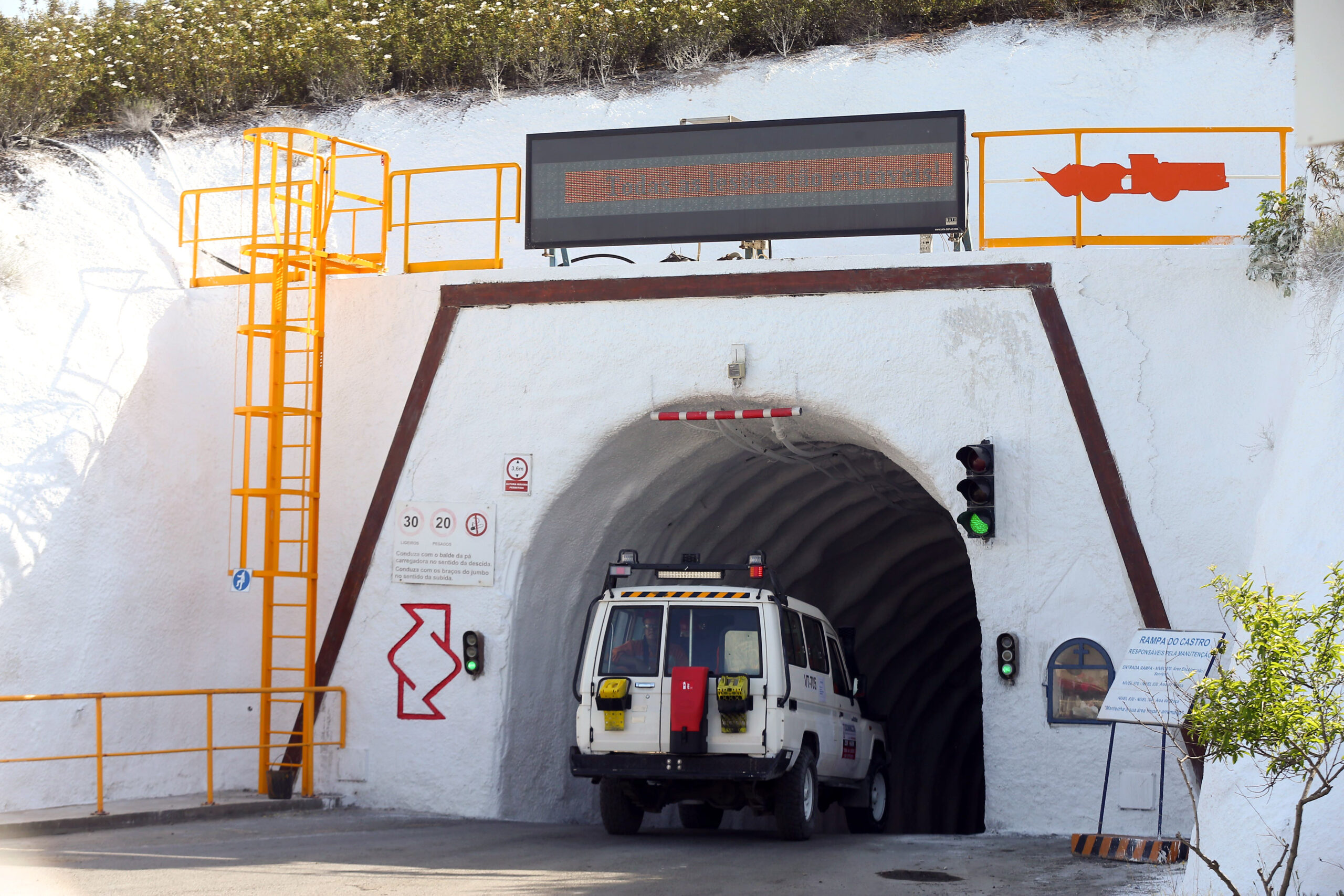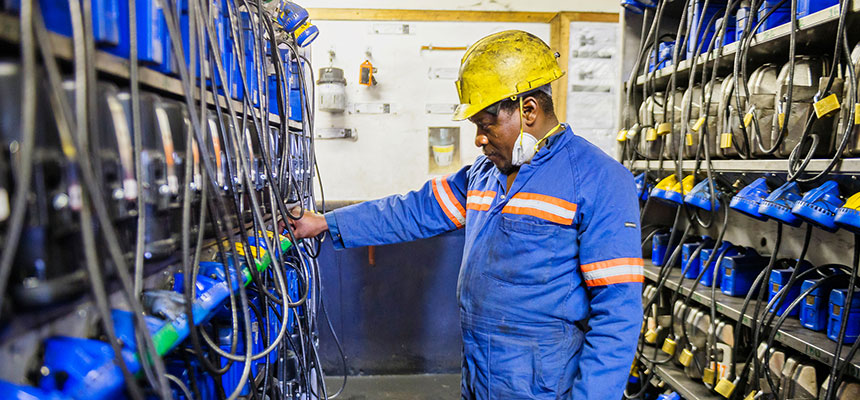
While mining companies are no strangers to volatility, 2013 stands out as a year of particularly significant shifts. Slower demand out of China and ongoing economic weakness in other parts of the world pushed down commodity prices and threatened to tip certain commodities into over-supply. Despite this softness, both operational and capital costs continued to rise and governments in many jurisdictions continued to demand outsized contributions from the natural resources sector. Companies, already struggling with the costs and risks of mining deeper deposits in more remote regions, floundered as a result, posting record levels of impairments amid shrinking share prices, revenues and profits.
In response to this reversal of fortune, the same shareholders who demanded rapid growth in past years called for new management. For their part, equity and debt markets shut off the taps, putting mining companies (especially juniors) on a funding tightrope. To stay afloat, many companies were forced to put marginal projects into care and maintenance and halt capital expansion. To exacerbate the situation, cost containment efforts do not absolve companies from making the investments necessary to improve their safety records, strengthen community relations in the regions where they operate or attract the talent they need for future growth.
To balance these potentially competing mandates, mining companies may need to make more significant structural changes than ever before. Beyond engaging in sustainable cost reduction, right-sizing capital projects and adopting new approaches for dealing with local communities, governments and regulatory bodies, they must embrace new forms of innovation. In a very real sense, it may be time for mining companies to change the way they do business. Although there is little doubt that the market will rebound, especially as long-term demand fundamentals remain strong, the companies that thrive into the future will be those that lay the groundwork for a new operational reality today.
1. The cost of contraction
Mining productivity hits new lows
• Despite commodity price weakness, input and production costs remain stubbornly high. The practice of extracting from lower grades also drives up costs.
• Tighter margins have reduced shareholder returns, resulting in plummeting market capitalizations for the sector.
• Dealing with this cost equation requires more than reactive cost cutting. To reduce costs sustainably, miners must improve their overall productivity, strengthen their management and reporting systems, use analytics to uncover their underlying cost drivers and rationalize their supply chains.
2. Matching supply to demand
Market imbalances wreak commodity price havoc
• Although the supply of many commodities continues to lag long-term forecasted demand, the legacy of unconstrained project development threatens to push certain commodities into over supply.
• Ongoing global economic weakness and the short-term decline of demand out of China have pushed down commodity prices, resulting in industry performance dips.
• On the flip side, long-term demand indicators remain robust. Rather than mothballing projects, then, miners should find ways to weather current supply/demand imbalances.
• Some response strategies include building strategic portfolios that match supply to the demand forecasts of particular commodities, recognizing full asset value on corporate balance sheets, and integrating production and trading operations to better control the price of commodities sold.
3. The remaking of mining
Exploring the innovation imperative
• To improve performance, mining companies typically make incremental changes to their various operational components.
• Notably, however, genuine performance improvement comes only when companies revise their underlying systems – from mine design and planning to energy supply and the adoption of emerging technologies.
• To achieve lasting change, it is time for mining companies to innovate more strategically. This may include rethinking energy management, adopting electric technologies, automating core mining processes, using techniques like remote sensing to localize ore deposits and building shared infrastructure to reduce costs.
4. Finding funding
Debt up, deals down and juniors fight for survival
• In the face of weak shareholder returns and industry impairments, the equity markets have turned off the tap. Traditional lenders also are pulling back from the mining sector.
• Although major diversified companies responded by issuing bonds, juniors have been hard hit. This may represent an acquisition opportunity for companies with large cash holdings.
• For their part, juniors are increasingly seeking alternative forms of financing from sovereign wealth funds, private equity firms, non-traditional stock markets and pension funds. Consolidation also remains an option for companies that can present buyers with a strong rationale for their asset pricing.
5. The project pipeline stutters
Record impairments call capital allocation practices into question
• In response to demands from investors and analysts, mining companies developed massive project pipelines. Investment in marginal projects, however, has led to record asset impairments.
• To turn the tide, miners need more robust project scoping processes, governance systems and risk control mechanisms. They also need to strengthen their capital allocation practices by incorporating multi-variable risk modeling.
• Other solutions include optimizing mine portfolios, rationalizing projects, engaging in phased modular construction and honing the skills necessary to contain costs.
6. Power to the people
Local community demands ramp up
• Social media trends and attention from monitoring and standard-setting bodies are increasingly putting corporate reputations and market valuations at risk.
• In some measure, this has empowered citizens around the world to hold mining companies more accountable for their contribution towards local economic development.
• This requires companies to take a more nuanced approach to stakeholder relations, including developing local supply bases, improving communications, sharing infrastructure among various economic clusters and sourcing local labor.
7. Resource nationalism spreads
Government relations marked by rising hostility
• Amid a wave of anti-mining sentiment, governments around the world continue to demand outsized contributions from the mining sector in the form of taxes, royalties and other concessions.
• To mitigate these sovereign risks, mining companies must improve government relations. For their part, governments must foster greater regulatory stability.
• Strategies for opening this dialogue include forming policy development lobbies, coordinating local infrastructure projects, getting citizens onside and negotiating with all levels of government.
8. Crackdown on corruption
Zero-tolerance regulatory environment complicates compliance
• The risks of fraud and corruption remain significant in almost all the jurisdictions where mining companies operate.
• In response, many governments are enacting – and more boldly enforcing – strict anti-corruption legislation.
• To improve compliance, mining companies should adopt appropriate internal controls and policies, engage in compliance audits and risk assessments, and upgrade their systems to support sufficient reporting detail.
9. Changing the safety equation
From zero harm to zero fatalities
• Fatalities in the mining industry remain high. Unfortunately, experience now shows that reducing minor safety incidents does not lead to a reduction of major incidents, like fatalities.
• Uncovering the correlations that expose mining companies to serious safety risks requires a more sophisticated approach to safety analytics. For instance, companies should model high-risk events, re-examine their workplace practices and break down the data silos that prevent them from accurately identifying safety incident patterns.
10. A dearth of skills
The talent gap slinks into executive suites
• Talent shortages in the mining industry remain and threaten to widen as the workforce ages. Now, however, those talent gaps are extending into executive suites. A similar gap may exist at the board level. As a result, many companies lack the skillsets crucial to shepherd them through the current commodity price downswing.
• Closing the gap requires the adoption of a considered talent management strategy. In addition to standardizing systems, miners should also embrace new training environments and take the steps necessary to attract both skilled management and sector-savvy directors.
To download the full report, Tracking the trends 2014.
Click here












